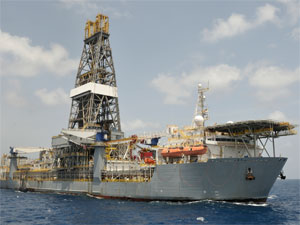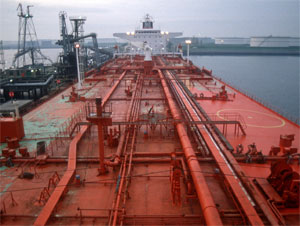Extra space means extra money: gas safely and economically underway


GEA Refrigeration Technologies offers cryotechnology for gas liquefaction systems, refrigeration technology for gas storage in ship tanks, and temperature monitoring for regasification. We also deliver the required valves and fittings.
The sophisticated insulation of membrane tanks, however, cannot entirely prevent their contents from slowly warming, with part of the cargo evaporating. It is necessary to vent the evaporated gas to prevent the pressure in the tank from exceeding a safe level. As a rule, this vented gas is used as fuel for the ship. For this reason, many LNG tankers are turbine ships that can use natural gas as fuel. At the present time, it is not yet economical to re-cool this gas: i.e., to return the evaporated gas to a liquid state. Naturalgas prices, however, are rising, and experts assume that motor-driven ships with gas re-liquefaction systems will in the near future replace the present turbine ships. A number of advanced LNG tankers have already been designed for installation of gas re-liquefaction facilities, with the result that it will be possible to retrofit these ships at relatively little expense.
